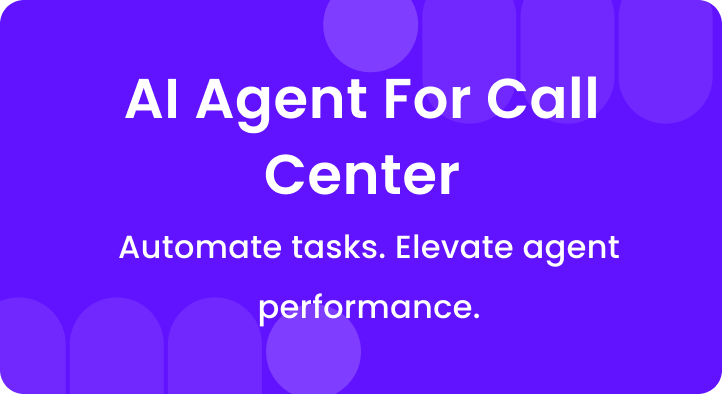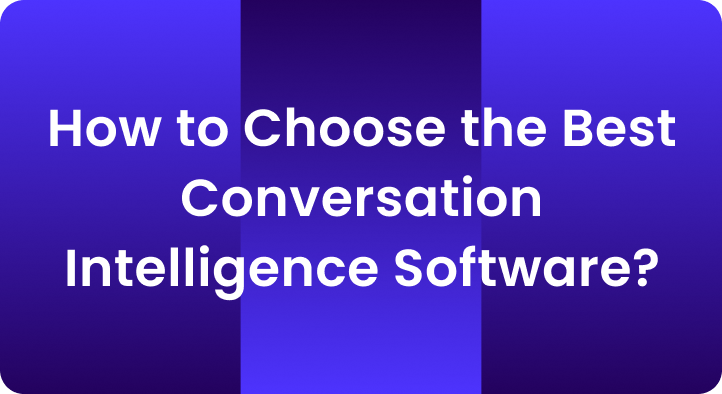If you chat with a few sales professionals, you will likely hear them talk about sales effectiveness.
It’s also likely that they will present different definitions and outlooks on the subject.
So what is sales effectiveness, and how does it matter for a company?
Some confuse sales effectiveness with the efficiency of employees.
But others talk about the association between an organization’s goals and the performance of the employees. Today, let’s find out about sales effectiveness and the action plan to improve sales performance.
Table of Contents
A. What is sales efficiency?
Sales efficiency is the effectiveness and productivity of a company’s sales efforts in converting leads into paying customers while minimizing resource wastage.
It is a vital performance statistic that assesses how effectively a sales team uses its time, resources, and tactics to achieve its objectives.
Sales efficiency is the measure of revenue generated by a sales team relative to the cost incurred to get that revenue. This involves smart goal setting, aligning sales and marketing teams, leveraging technology, and optimizing structures to improve productivity.
A streamlined, data-driven sales process ensures that salespeople are focused on high-value leads, have access to the relevant tools and technologies, and use streamlined, data-driven tactics to close deals.
To achieve sales effectiveness, an organization must find the ideal tasks and execution strategy for the best sales.
After all, additional units of sales positively impact the output, i.e., gross income, net profit, etc.
Some of the factors that must be considered while measuring effectiveness include –
- Territory
- Stages of the process
- Product Impact
- Duration
- Impact of investments
- Effectiveness at an individual vs. average level, etc.
B. 8 ways to improve sales efficiency and effectiveness
Once you have checked the validity of your process and recognized the problem areas, it’s time to make new efforts to improve sales efficiency and effectiveness.
To enable sales, you must adopt a 360-degree approach that addresses the key areas of sales, as follows –
1. Agent monitoring
Monitoring agents help analyze their actions and productivity.
You can understand their weaknesses and pain points so that you can render help to them in areas where they are struggling.
This will ensure that you empower your sales team at the right time.
With Enthu.AI, you can capture and monitor all interactions from audio and video calls for further analysis.
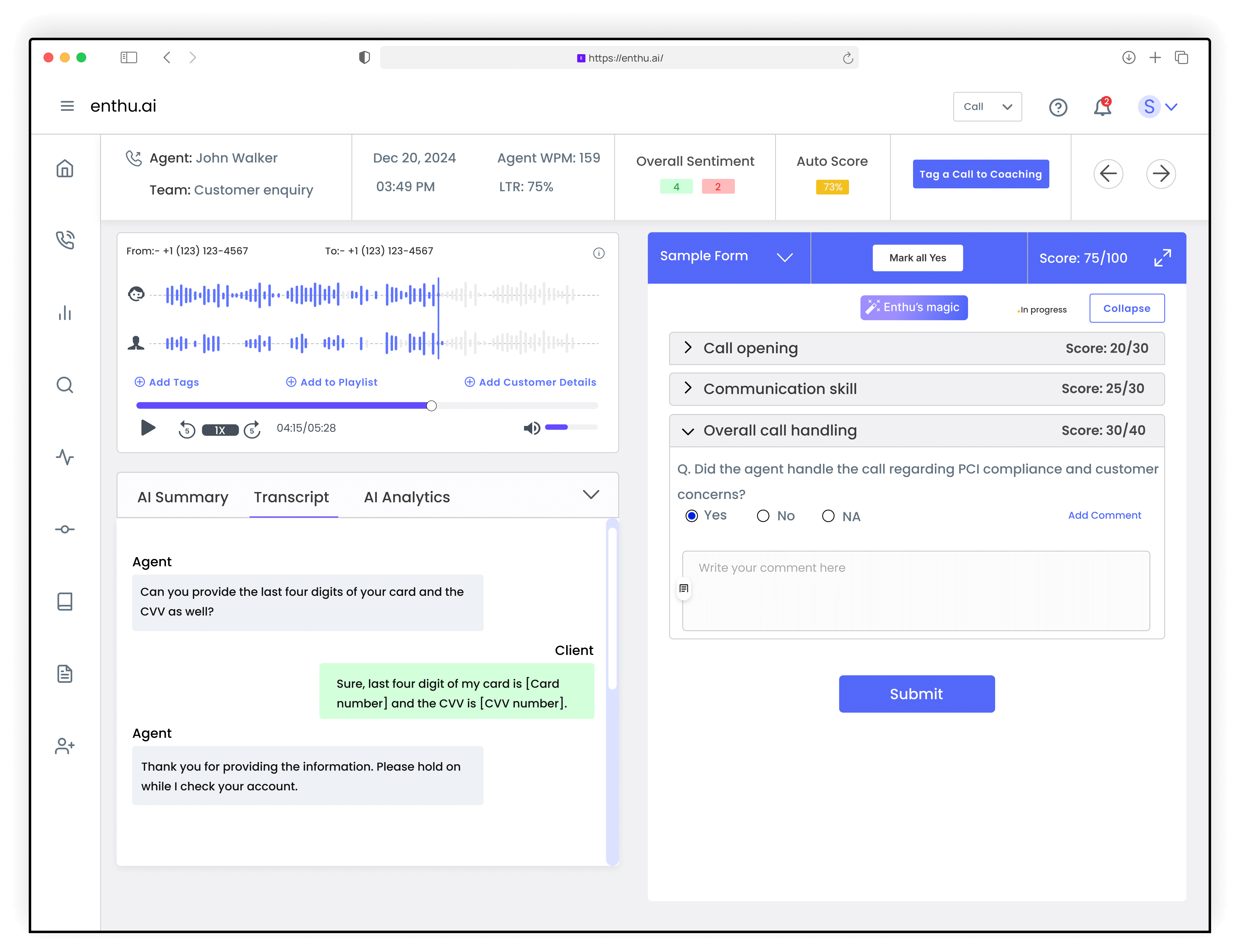
2. Analyzing the lead/customer’s response
Once your content reaches your potential or existing customers, how do they react to it?
Do they take a step to make a new purchase or show interest?
Analyzing these responses is crucial for your next steps – and AI-driven tools can help record responses.
Tracking your client’s responses helps you understand what they consider important.
It allows you to strategize further communications and actions to close sales.
The AI-driven customizable tool by Enthu can identify compliance issues, improve customer experience, etc.
3. Proper communication of content for sales
Communication content in calls, emails, presentations, and videos may be based on tried and tested materials. But, an AI video editor can enhance these videos by improving their efficiency and quality.
Still, they must be delivered in a fresh and professional way for a better impression on leads.
They also need to go out on a timely basis.
Using a robust digital sales room tool can make your pitches interactive, attractive, and effective.
Use automation tools to ensure your messages reach customers and leads on time. They can provide timely interactions, including follow-up reminders.
4. Coaching and training
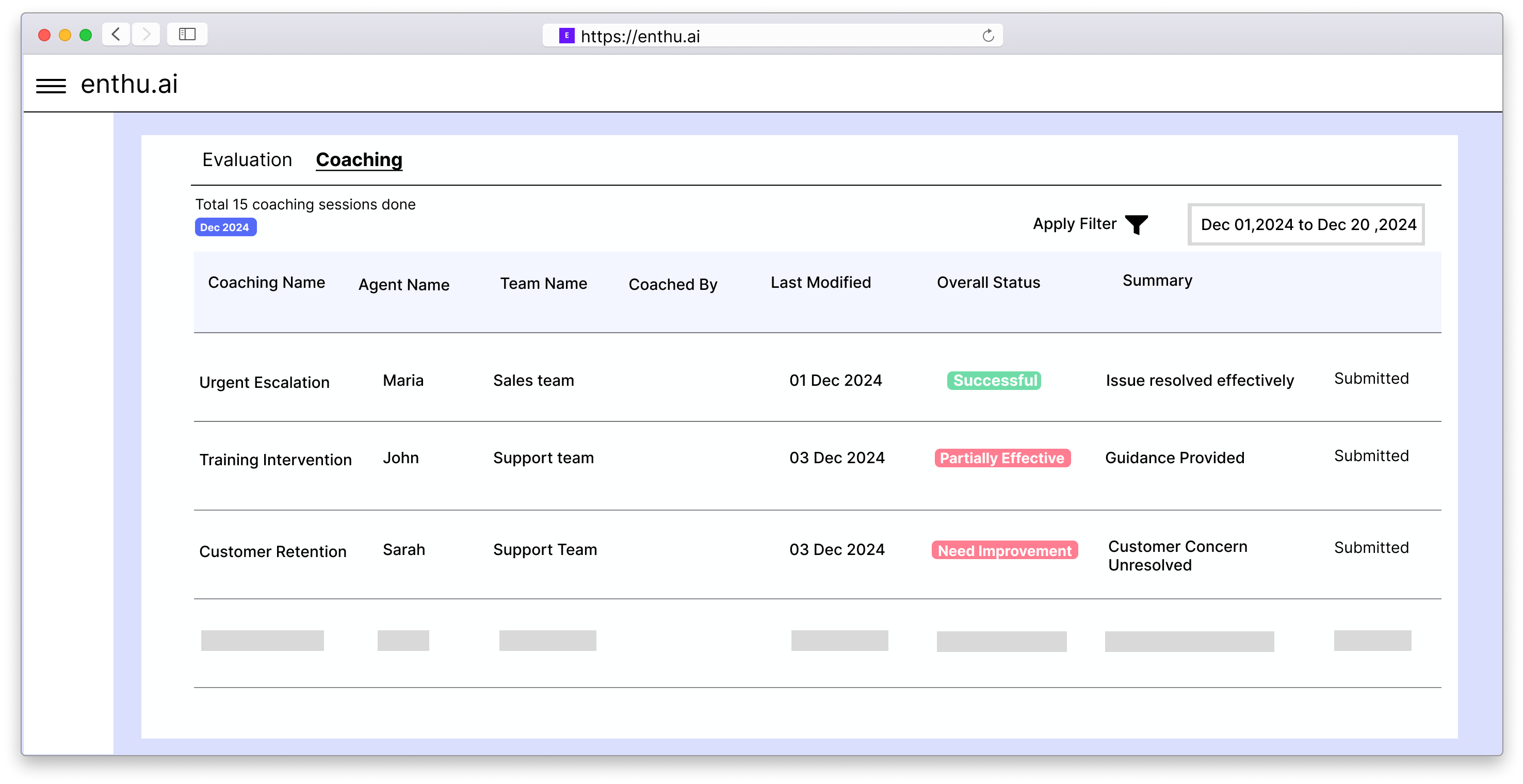
After you identify the sales force’s strengths, weaknesses, opportunities, and threats, you must empower your team. They need to improve their skills to boost sales.
Most contact centers, use coaching tools to train their sales force.
A training system equipped with advanced coaching software will improve the skills and overall call center efficiency.
Enthu.AI offers one of the best agent training tools for increased efficiency, faster completion of common tasks, and close more sales.
5. Align sales and marketing teams
Boosting sales efficiency by aligning sales and marketing teams is key to any organization’s success.
To align them, we must foster open communication and collaboration between the two departments.
First, establish shared goals and objectives that both teams can work towards.
This ensures that marketing targets leads that match the sales team’s needs.
Also, a strong lead scoring system can prioritize leads. It lets sales teams focus on the most likely to convert.
Regular meetings and feedback loops can help sales and marketing teams. They can find areas for improvement and refine strategies.
Also, shared data and tech platforms can provide real-time insights into customer behavior. This helps both teams to tailor their approaches effectively.
Aligning sales and marketing teams creates a more efficient process. This boosts revenue and improves customer experiences.
6. Managing And Nurturing Leads Effectively
Implement a systematic lead management procedure.
This process should start with lead generation automation, which ensures that all leads are gathered and organised in a centralised database.
Then, divide leads by their traits and behaviors. This allows for more personalized communication.
Lead nurturing entails providing prospects with relevant and quality content over time.
Create email campaigns, content, and resources for each lead’s sales funnel stage.
Marketing automation can schedule and track these encounters. It ensures timely follow-up and consistent communication.
Lead scoring is another important aspect of effective lead management.
Assign scores to leads based on their interest and compatibility with your product. Also, consider their level of interaction.
7. Know your target audience
Increasing sales efficiency begins with a thorough understanding of your target audience.
This entails creating detailed buyer personas that include demographic, psychographic, and behavioural data.
Know your target customers well. Then, you can adjust your sales methods, responses, and product offerings to meet their specific wants and preferences.
This strategy makes your sales efforts more relevant. It also helps you choose the right prospects to avoid wasting resources on unqualified leads.
Also, knowing your audience helps you communicate better. It builds trust and relationships with potential clients.
Finally, knowing who you’re selling to streamlines your sales process, increases conversion rates, and maximizes sales efficiency.
8. Follow your sales process
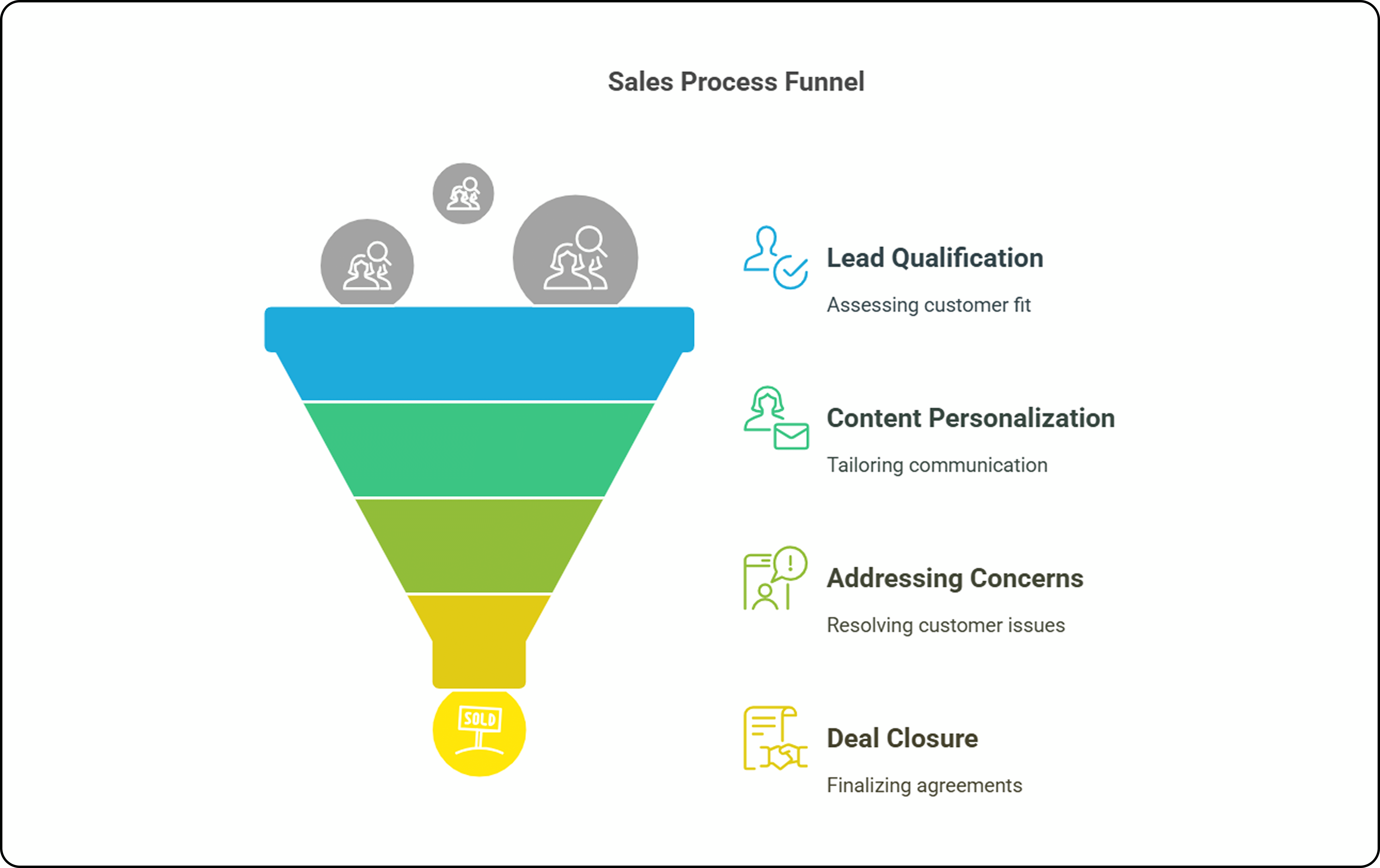
A defined sales process, including managing your SaaS marketing budget, boosts sales efficiency. It helps to implement and follow it.
Prospecting and lead creation are often the first steps. Then, qualified leads to ensure they meet your ideal customer requirements.
Once eligible leads are found, use personal content and communication to nurture and educate them.
During this stage, it’s critical to address their concerns and show how your product or service may help.
As you progress in sales, outline the processes that lead to closing the deal. This includes demos, proposals, and negotiations.
C. 9 Parameters affecting sales effectiveness
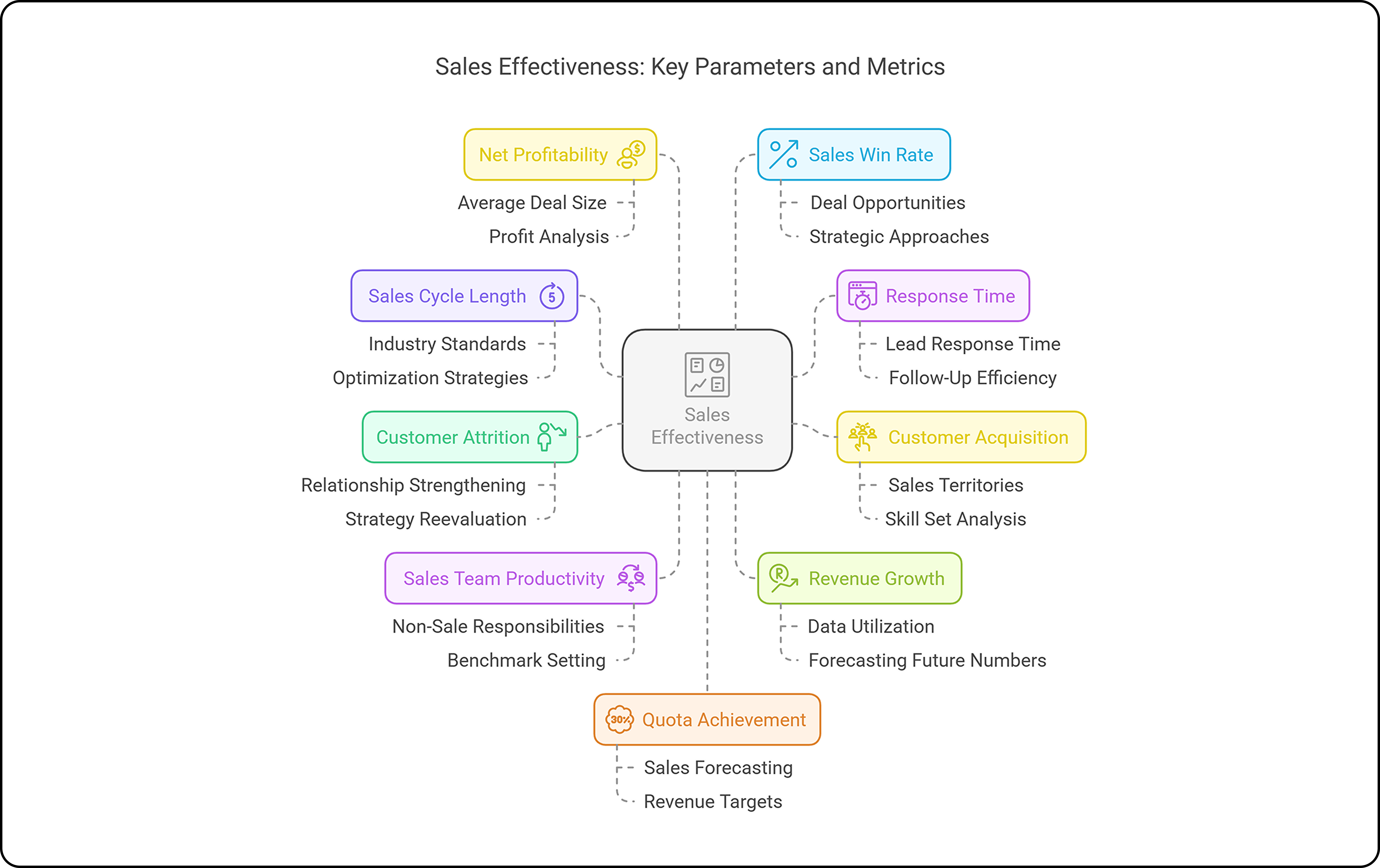
Your sales enablement can be affected by certain factors.
These need to be prioritized at the time of setting goals and strategizing sales development.
To determine the KPIs, the following parameters can be taken into account:
1. Sales cycle length
The sales cycle is a series of steps followed by sales reps repeatedly to convert a prospect to a customer.
A shorter sales cycle means the sales team is able to help earn revenue faster.
It must be measured and optimized against the standards of the industry.
2. Sales lead and customer response time
The time it takes for the sales force to follow up with a potential customer after they identify themselves as a lead is the lead response time.
Prospects are likely to invest in a company where the response time is short.
It is also easy to reduce lead response time.
3. Customer acquisition rate and cost
For every business, it is essential to get new customers.
Plus, new customer acquisition is a great way to measure your sales rep’s performance.
Identifying sales territories beforehand can help. It can reveal high-demand areas, sales reps’ skills, and needed support.
4. Customer attrition rate/churn rate
The cost of customer acquisition can be 5-25 times more than customer retention, which is why it is essential to retail customers.
Customer churn or attrition refers to the loss of customers.
If the rate is high, you need to rethink the strategies followed to strengthen relationships.
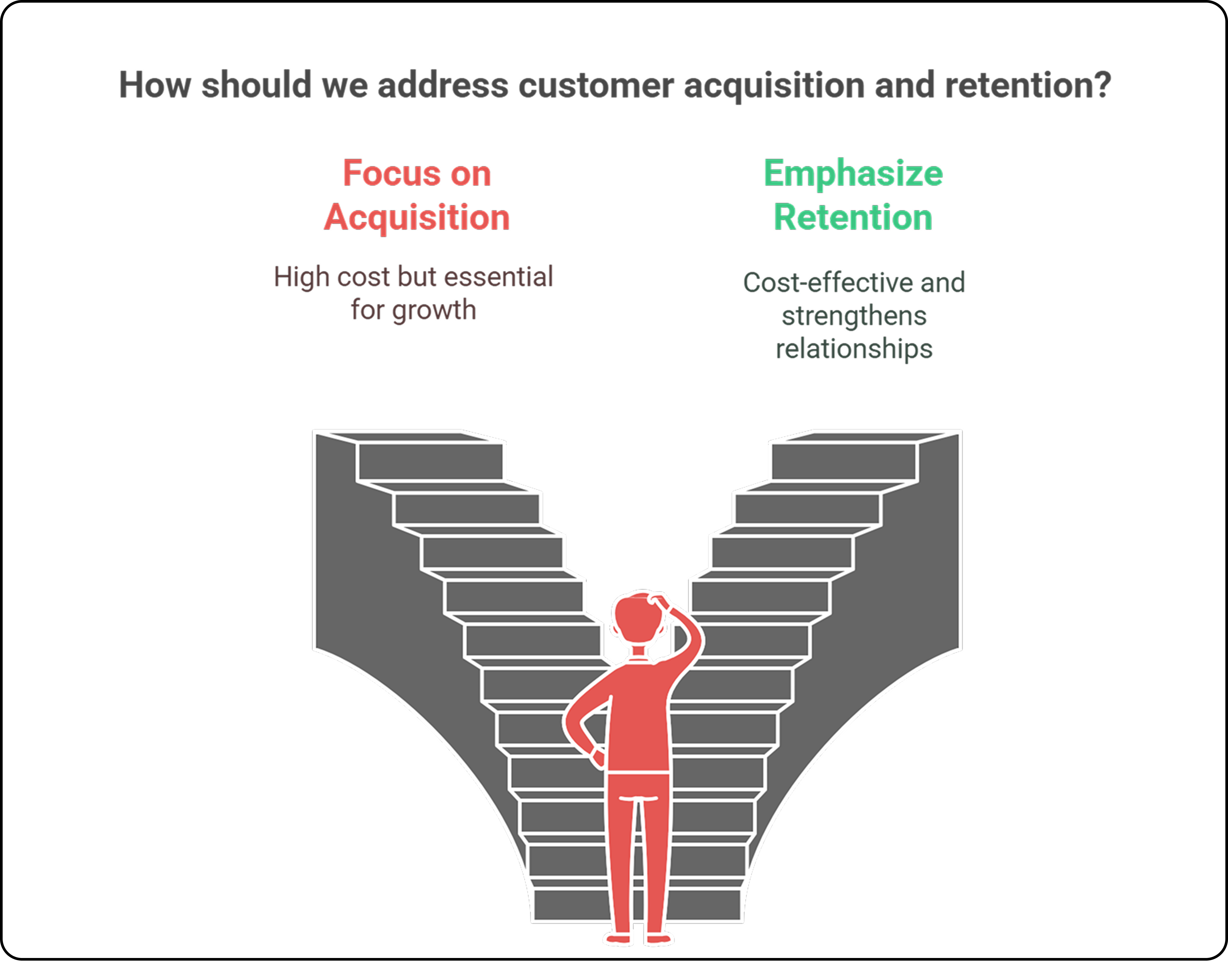
5. Fluctuations in sales team activities and productivity
Consistent sales efforts are essential. But sales reps may devote less than 36% of time to revenue-generating activities.
Look into what causes delays for them. Then, see if non-sale duties hurt their productivity.
Then, set a benchmark for actions to prevent fluctuations.
6. Revenue growth
Monitoring revenue is one of the basics. Yet it often remains underutilized.
It can reveal data that can help forecast future numbers and the business’ sustainability.
It will also recognize changes in customer needs over time and align your sales efforts.
7. Net profitability and average new deal size
It’s not enough to earn revenue; you must take into account profits after client acquisition costs.
Analyzing the average size of new deals helps us understand if sales reps can nurture relationships with key clients. This is important for increasing revenue from big accounts.
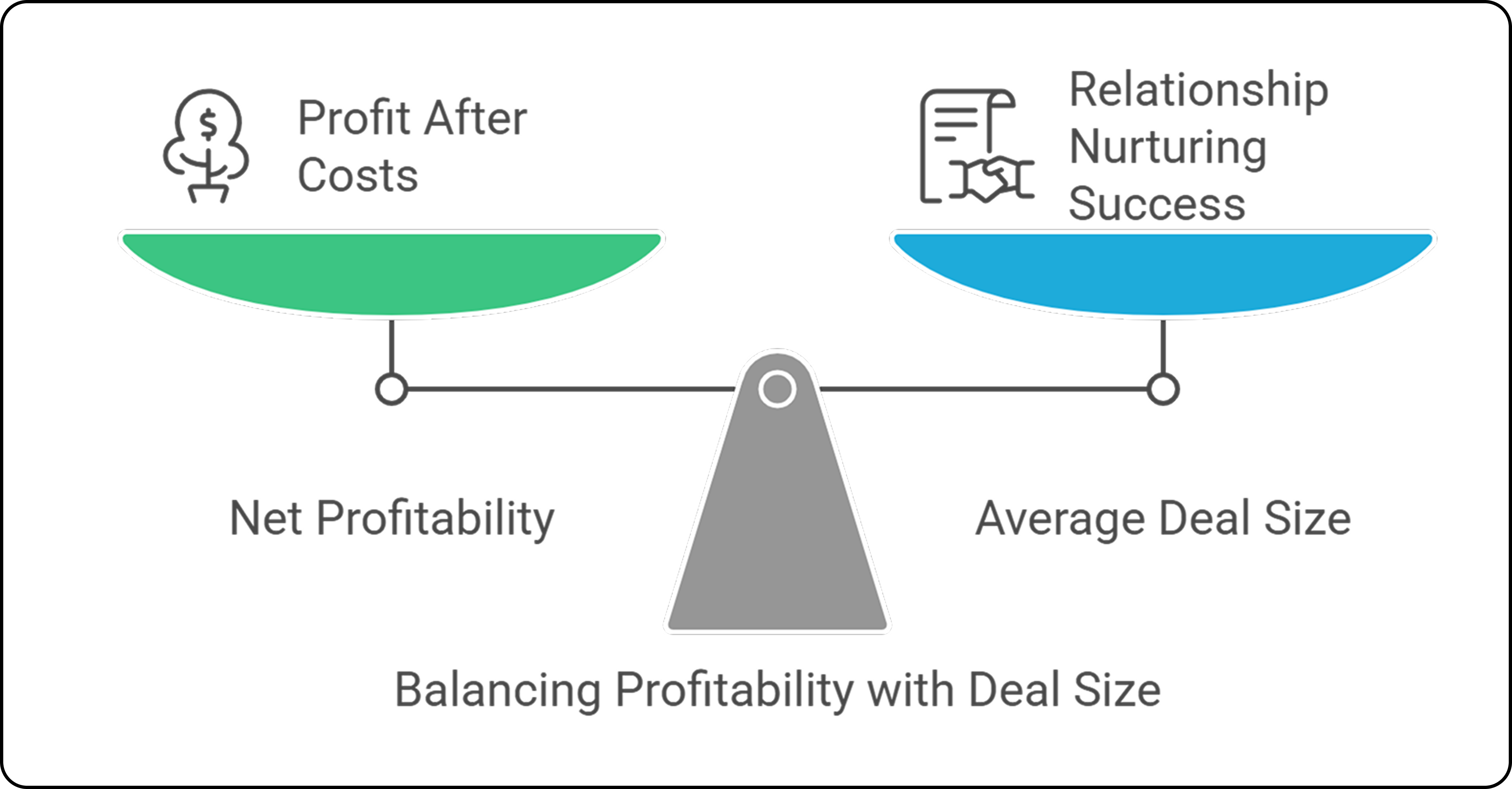
8. Sales win rate
The number of deals closed by sales reps in comparison with the total number of proposed opportunities in the pipeline.
Successful sales reps with a strategic approach always try to handle multiple deals instead of focusing on one major deal to hit the target.
9. Percentage of sales team achieving quota
Measuring what percentage of the sales team is achieving the sales quota is a convenient sales effectiveness metric.
When more sales reps earn the company a set revenue in a time, it helps forecast sales accurately.
This is not an exhaustive list of metrics.
But they are undoubtedly some of the vital metrics for measuring how effective your sales team and its strategies and actions are.
The key is to choose data points that are essential for individual companies and their needs.
E. Using proper tools: Type of tools for sales effectiveness
Rest assured that almost all your competitors use advanced tools that help them improve sales effectiveness.
These may be AI tools to provide concrete data-driven reports. Sales effectiveness tools perform everything from automation of communications to monitoring sales agents.
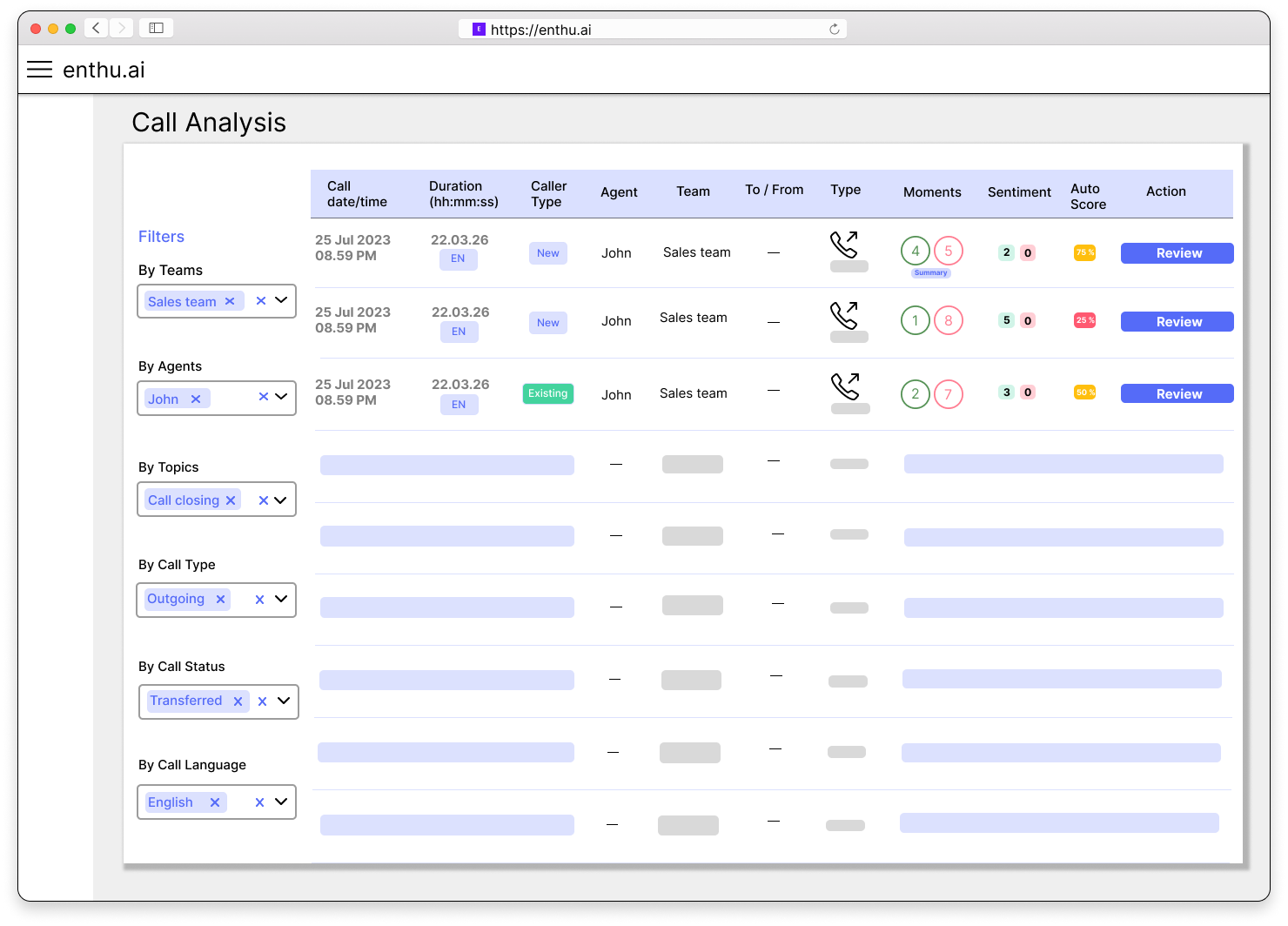
Take a look at some of the essential tools that you can use in your organization to improve sales effectiveness. They are as follows –
- CRM – Most companies invest in Customer Relationship Management software. It assists in tracking and managing their relationships with new or existing customers.
- Training and Coaching – These tools teach sales reps to work faster, get more conversions, keep up with new strategies, reinforce winning actions, etc.
- Content – These tools don’t just improve the presentation of content. They also support the automation of communications in a timely fashion every time.
- Monitoring – Tools can enable you to keep a close eye on the sales agents so that you can understand their strengths and weaknesses to implement changes.
- Insight Analysis – Certain AI-based tools can record and display conversations, data, and more so that you can make data-driven decisions for future processes.
Conclusion
Most sales executives and leaders get confused when they come across the simple question: what is sales effectiveness?
The answer may vary from one establishment to another. But the key point is the same – it is about the sales team’s output.
To ensure that you can take your sales enablement process to the ultimate level, you will need to define and measure it using certain parameters.
Then, once you identify your strengths and weaknesses, use the best tools designed to improve your sales team’s efforts.
FAQs
1. How do you measure sales efficiency?
Sales effectiveness can be measured by Territory ,Stages of the process, Product impact, Duration, Impact of investments, Effectiveness at an individual vs. average level, etc.
2. What is sales effectiveness?
Sales effectiveness is the capability of a salesperson or team to achieve desired results by effectively utilizing strategies, processes, and skills to close deals, meet targets, and maximize revenue.
3. What are KPI in sales efficiency?
KPIs in sales efficiency measure how well a sales team turns efforts into revenue. Common KPIs include conversion rate, sales cycle length, CAC, revenue per rep, and lead response time. KPIs in sales efficiency measure how well a sales team converts its efforts into revenue. Common KPIs include: conversion rate, sales cycle, CAC, revenue per rep, and lead response time.
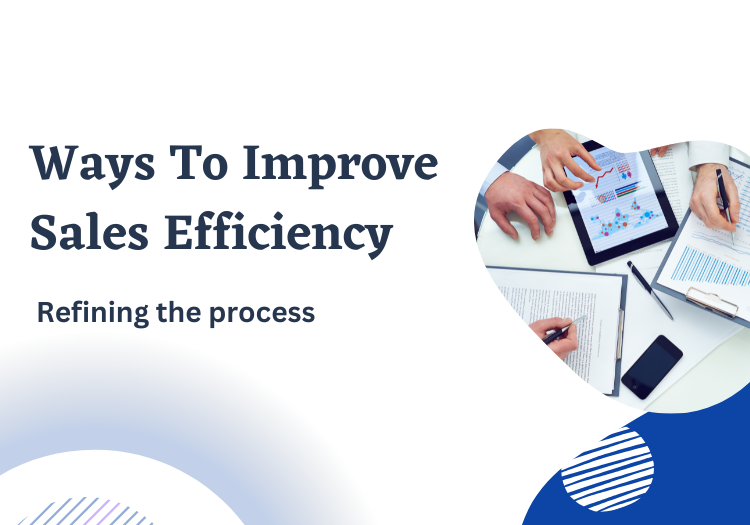


 On this page
On this page
